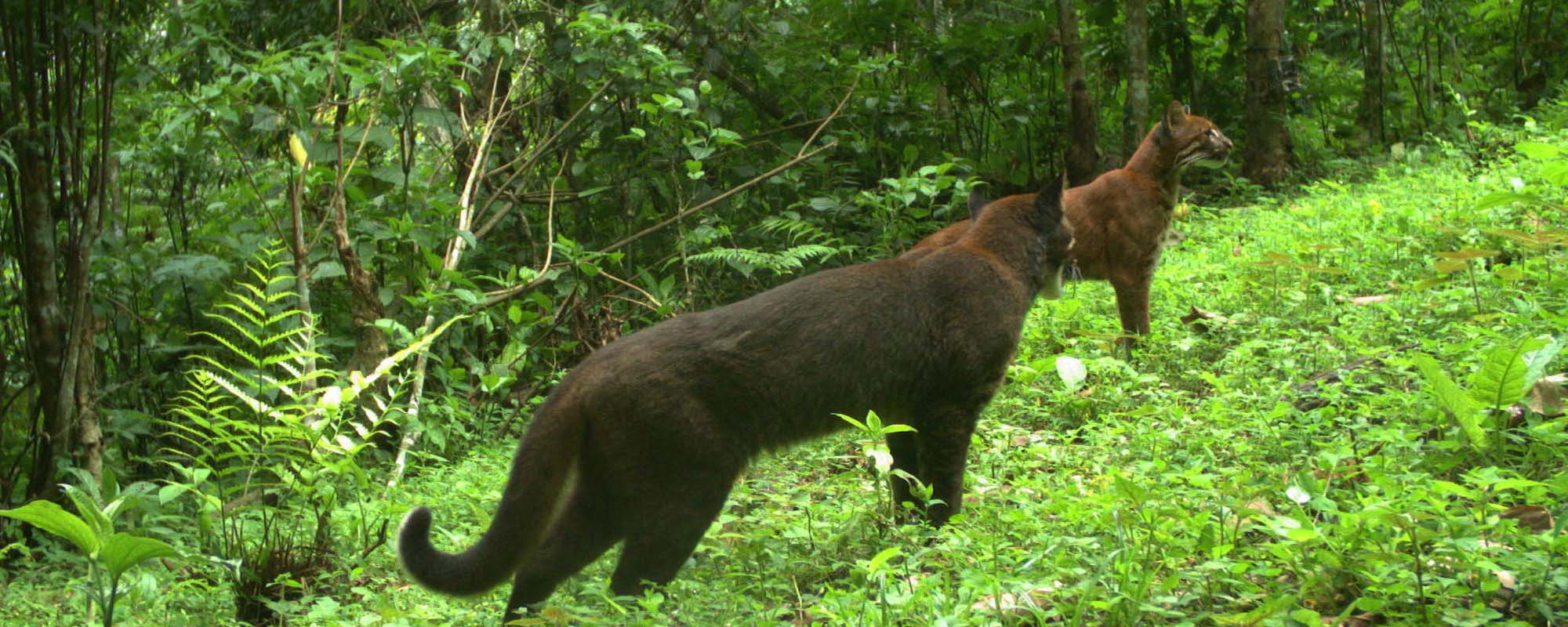
ROYAL MANAS NATIONAL PARK – BHUTAN
Bhutan is well-known all over the world for the beauty and bounty of its natural environment. Thanks to its unique history, isolated location, and conservation efforts, the country sports some of the most pristine, undisturbed wildlife areas on the planet. From bird watchers to sports fishers to tiger and leopard enthusiasts, animal lovers from across the globe flock here to encounter the country’s rare and stunning animals, as well as its abundant plant life.
This park has only recently been opened to the public and offers thousands of animal and plant species, many of which are globally endangered, it is not only the most diverse protected area in the Kingdom but also noted as one of the world’s biologically outstanding parks. There are wide climate variations in Royal Manas. The May-September monsoons bring up to 5000mm of rain. Rainfall is negligible in winter and the climate is extremely pleasant from November till March.
Lying in south-central Bhutan, Manas is connected at the southern border with India’s Manas Tiger Reserve, a World Heritage Site. To the north, it borders the Jigme Singye Wangchuck National Park. Royal Manas was designated a wildlife sanctuary in 1966 making it Bhutan’s oldest protected area. The area was upgraded to a National Park in 1993. The park area is stretched over three Dzongkhag namely, Zhemgang, Sarpang and Pemagatshel.
The Royal Manas Trek offers you the chance to experience all the natural beauty Bhutan has to offer in a single, memorable trip. More than 365 species of birds have been officially recorded in Royal Manas National Park with an additional 200 believed to be in residence. Species found here include the globally threatened rufous-necked hornbill, Pallas fishing eagle, great white-bellied heron, spotted wren-babbler, blue-headed rock thrush and emerald cuckoo.
More than 900 types of plants have commercial, medicinal, traditional and religious significance.
You will have a chance to see specimens like the Asian elephant, the Royal Bengal tiger, the one-horned rhinoceros, the Gangetic Dolphin, the Himalayan black bear, the pangolin, and the clouded leopard — all endangered species that are rare or unknown elsewhere in the world. Even rarer is the golden langur, a monkey with silky blonde fur that is indigenous to this region alone. On no other trek can you find such a unique and eclectic group of animals.
Traditional trek route from Tingtibi to Gonphu, (which has a hot spring) and then from there to Panthang and then onto Panbang. From Panbang, one may float on a boat or raft or drive for about half an hour to Manas. The route is great in winter and good for bird watching and to sight other fauna.